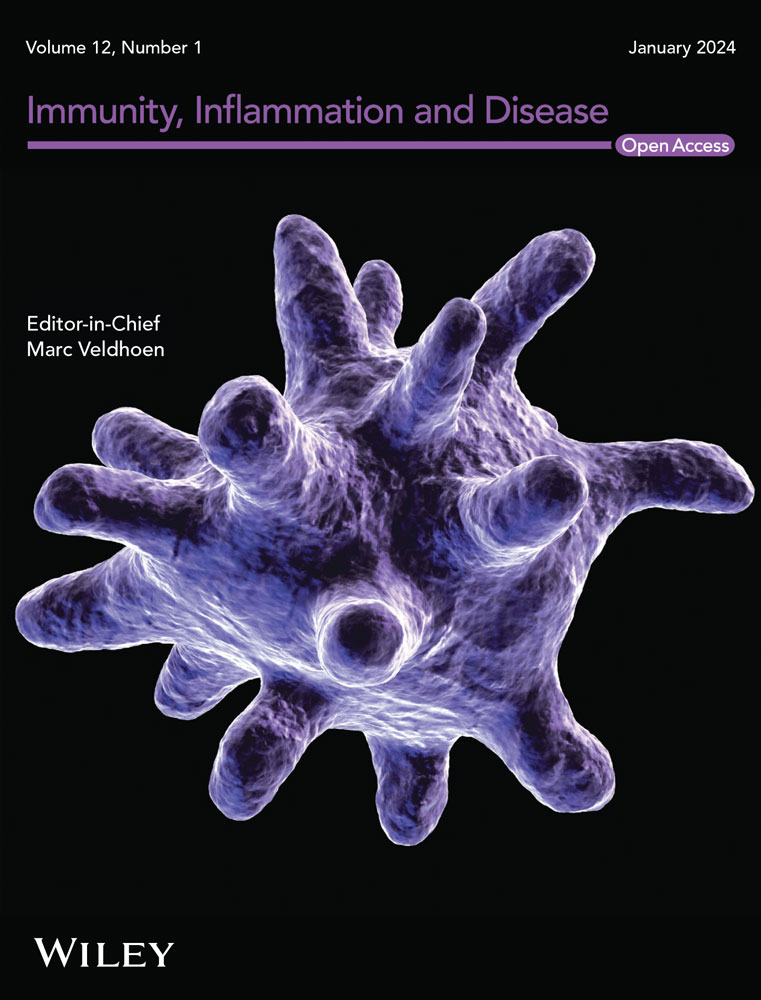Tumor Cell-Expressed Herpesvirus Entry Mediator Regulates Proliferation and Adaptive Immunity in Ovarian Cancer
Abstract
Background
Ovarian cancer (OvCa) is a prevalent gynecological malignancy with an increasing incidence and high mortality rate. Although the role of the herpesvirus entry mediator (HVEM), encoded by the TNFRSF14 gene, is currently considered pivotal in various types of cancer, the regulation of tumor cell-expressed HVEM in OvCa remains inadequately understood.
Methods
Specimens were used to detect HVEM expression via quantitative RT-PCR and flow cytometry. The proliferation of the murine OvCa cell line ID8 was determined using the Cell Counting Kit-8, colony formation, and EdU staining assays. The immune constituents within the ascites fluid and spleen of tumor-bearing mice were analyzed by flow cytometry. Bioinformatics analysis was performed to explore cytokines, chemokines, and signaling pathways regulated by HVEM, and differential expression levels were confirmed via quantitative RT-PCR and western blot analysis.
Results
Herein, we identified a significant upregulation of HVEM in OvCa tissues compared with that in benign tissues and observed dominant expression of HVEM in CD45⁻EpCAM⁺ subsets in OvCa specimens. Tumor cell-expressed HVEM was found to promote OvCa cell proliferation by partly activating spliced X-box-binding protein 1 (XBP1s)-c-Myc signaling. In mouse models, knockdown of Tnfrsf14 in ID8 cells alleviated OvCa progression and specifically affected the frequency and function of T cells in the ascites fluid and spleen. In addition, tumor cell-expressed HVEM altered chemokine expression (CXCL1/9/10/11 and CCL2/4/5) and STAT signal activation (STAT5 and STAT6) in ID8 cells.
Conclusion
This study investigated the effects of HVEM on OvCa and validated its potential as a therapeutic marker for treating OvCa.


 求助内容:
求助内容: 应助结果提醒方式:
应助结果提醒方式:


